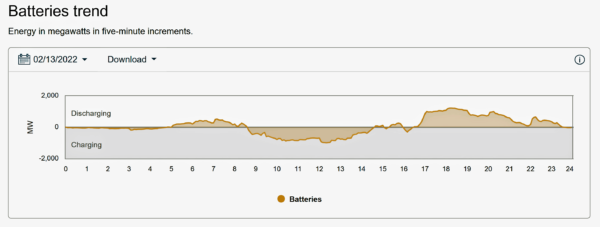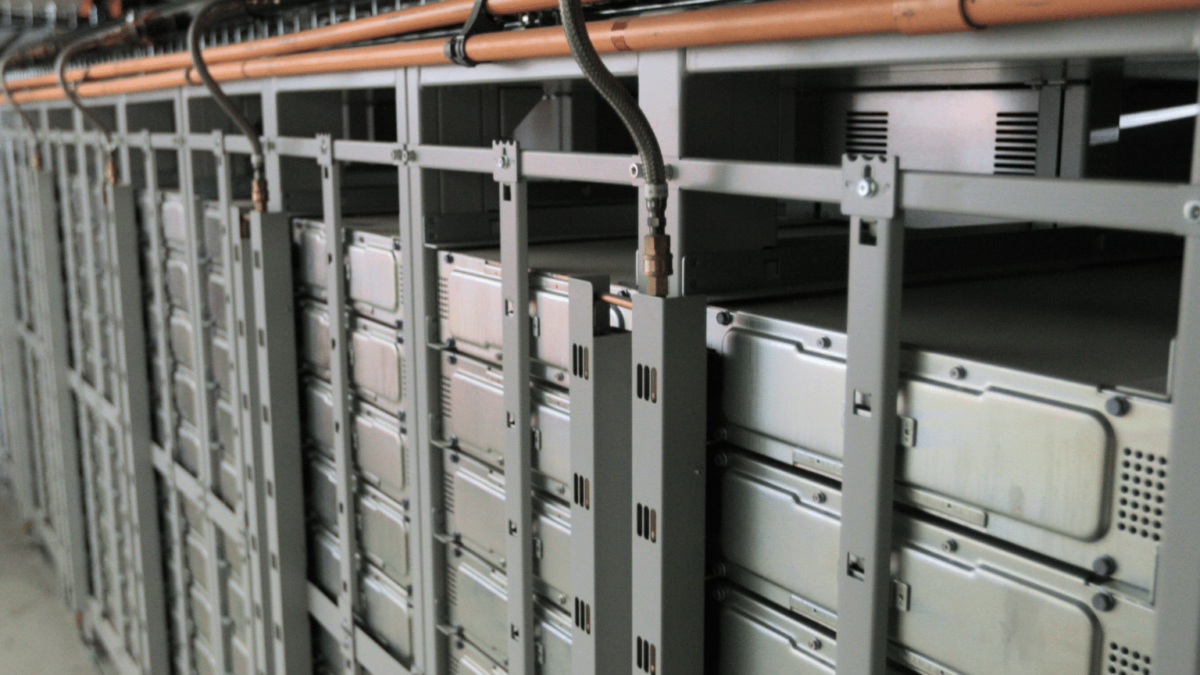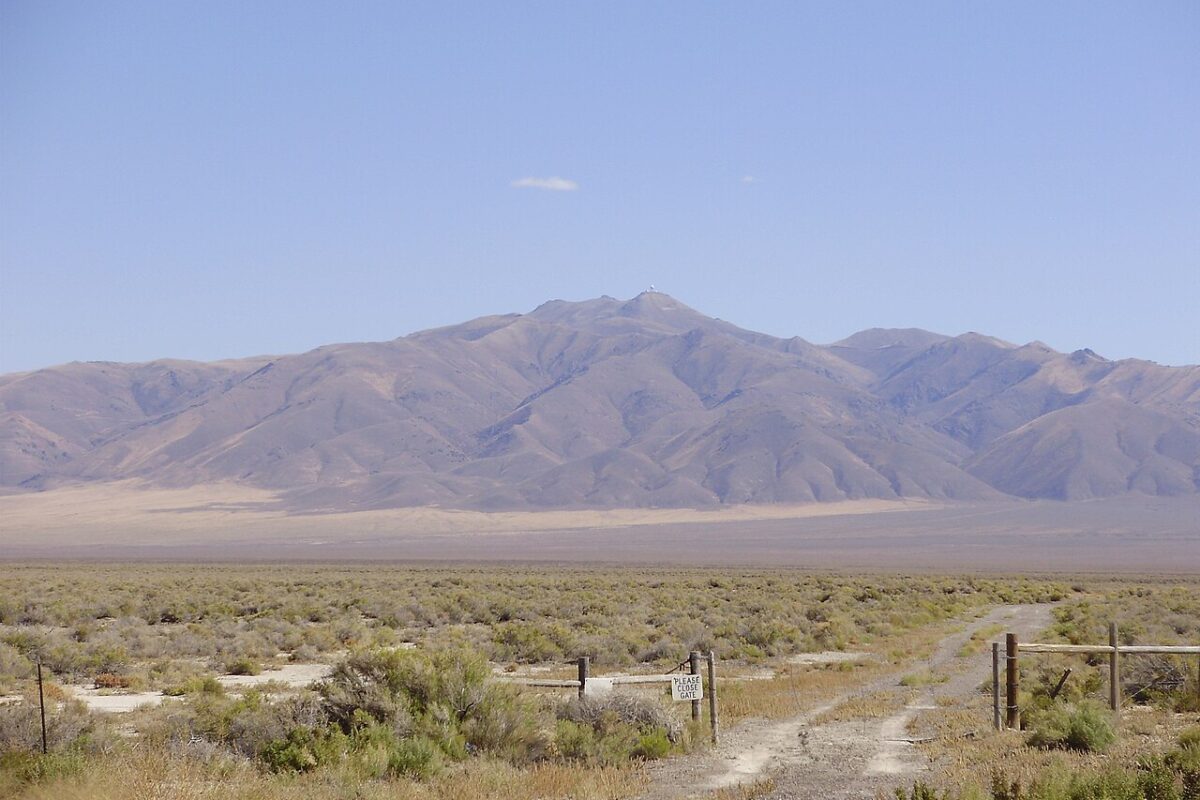Sunday night, February 13th, the Vistra Energy Moss Landing Energy Storage Facility Phase II set off fire alarms just after 8 p.m. Pacific Standard Time. Upon arrival, the local fire department found roughly ten battery racks that were completely melted. The fire department representatives said that the fire was extinguished.
North County Fire District Chief, Joel Mendoza, was quoted by local news saying,
We could confirm that it does have a fire suppression system, that the fire suppression system activated, and actually extinguished or cooled the batteries to the point where there wasn’t any flame or fire.
Vistra Energy released an official statement on its website. The company says the onsite fire suppression systems performed as required, at least in the sense that the fire incident was isolated.
The California ISO energy website does show a drop in battery output at 7 p.m. local time. There is no indication this is related to the Moss Landing facility.

Vistra has suggested that the event might be a similar event to the September incident that took down Phase I of the facility. According to a statement from Vistra, that incident involved a cascading series of events which may have started with the failure of a ball bearing in a fan.
The suspected bearing failure is presumed to have set off the very early smoke detection apparatus (VESDA), which in turn armed the heat suppression system. Vistra stated that due to ‘failures of a small number of couplings on flexible hoses and pipes’, water sprayed directly onto additional battery racks, causing short circuiting and arcing, which damaged the batteries and made more smoke. The additional smoke set off more alarms and caused even more water to spray from the failed couplings.
While the cascading events following the smoke detection can be seen in the data, investigators have not explicitly determined what set off the smoke alarm in the first place.
Vistra says that they had been bringing the Phase I facility back online incrementally, but have now decided to pause those activities. pv magazine was not able to confirm whether any of the larger facility’s capacity has come back online.
This content is protected by copyright and may not be reused. If you want to cooperate with us and would like to reuse some of our content, please contact: editors@pv-magazine.com.








* Utilities do your homework: Choose a battery chemistry/design that DOES NOT require fire suppression systems or BMS…yes they do exist.
* Don’t tie-up a valuable resource (Lithium) for stationary storage…leave it for EV’s (cars, trucks, trains, etc)…where low-mass batteries are desperately needed most.
Great comments. I used lead acid batteries on separated racks with easy access to the terminal connections for as needed battery replacements. They are static, cheap and plentiful plus recyclable. They may take up more room, but all the PG&E sites are over 500 acres in size at existing power plants. There are heavy elements like iron that can make even longer lasting batteries than my deep cycle lead acid batteries with only a little more cost for those that can order them in bulk. if they mass produced them and got them down in price, homeowners could get longer life from their batteries as well without paying 2 times more for lithium-ion batteries. 1 Tesla power wall costs $7.200.00 and it has the same holding power of 18- 100-amp hour lead acid batteries that costing $1,800.00 including hook up wires, terminals and charge controllers. The power wall has a 12-year expected life and the lead acid batteries have a 6-year expected life so with a replacement set for another $1,800.00 after 6 years the lead acid is just $3,600.00 over 12 years. There are other chemistries out there that will last 10,000 cycles or 27 years that would be equivalent to 2 – Telsa power walls and 4 change outs of my 18 lead acid batteries that are still seeking funding to go into mass production.
I’m impressed that the writer got the name and function of the smoke detection system correct. A rare gold star for the journos.
I’m less impressed with the apparent construction of the suppression system. It seems that the components were plastic. If someone used BlazeMaster® CPVC for the system, or some similar product, that’s a big no-no for commercial and industrial applications. Plastic pipe is strictly for residential applications.
Aww…..but you told us all that battery backed solar and EVs are going to save the world!!!! Amazing how those of us with common sense called this for what was a looking time ago, a massive waste of tax payer’s money!!!!!
Childish response to a complex topic. Storage tech is still in the ‘baby-step’ phase–just like computers were about 40 years ago.
Eventually the best designs will be worked out and “virtual” power plants (storage) can be placed almost anywhere–including mini/modular ones in most homes. When this happens, renewables will then be too cost effective to ignore.
YMWV
@ CommionSense I have not seen anyone remove their solar panels or battery backup system from their homes yet. Could it be those homeowners like saving money and the planet as well? You invest $42,120.00 with the Federal 26% tax credit on the first $38,000, (8,000 watts of solar and 2 power walls with one full replacement of the power walls after 121/2 years) in Solar panels and power wall batteries and after 25 years of use you have amassed $80,000.00 in electrical savings in California at 40 cents per kilo watt hour. it will always come down to the money being made by either the utilities or saved from the utilities by homeowners. The mega battery systems are so utilities can make money on the unused electricity generated by both renewables and non-renewables. Yes, you could put that original $38,000.00 in the banks at .01% and have $38,120.00 after 25 years or if they ever offer them again a 5% CD and have $135,155.56 in cash after 25 years with a 2022 equivalent value of $67,000.00 in today’s purchasing power. with 2.8 % inflation. How about the stock market with the historical 8% returns? Now we are talking real money even after inflation. $$260,242.05 with a purchasing power of $130,000.00 in today’s dollars. The monthly dividends, a homeowner receives is in today’s dollars and this last month my one-month savings was $310.00 on my utility bill compared to the same month last year without my Tesla Solar Glass Roof. This included switching from natural Gas heating to all electric heating. So, I am saving double the emissions in my home’s use made from both fossil fuel heating and electricity. Making money and saving the planet, one rooftop at a time.
We had Ford Pintos bursting into flames and somehow we kept driving cars.
Those failed couplings are unacceptable; they were either installed incorrectly, or were not the best choice for the build.
Smoke detection should not cause more harm than good. It should be used in conjunction with rate-of-rise heat detection, power isolation, etc. prior to spraying water onto electrical components. I can imagine a maintenance guy sneaking a cigarette triggering this:”It must have been a ball bearing in a fan. Yeah, that’s the ticket “.
Stationary grid connected and UPS should NEVER use Li-ion, they should use LiFePO4 or chemistries/designs with better level of safety. They should never have been approved unless a safer option was used.
It’s crazy to think a bit of overheating or just adding water causes Li-ion to become a slow fire bomb that can’t be stopped until all stored energy is released.